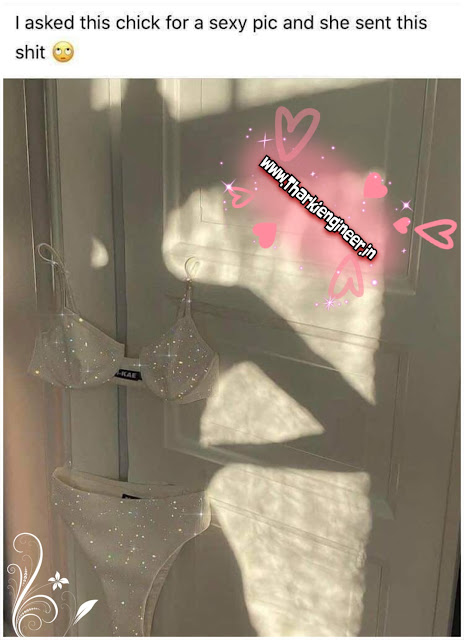
but experts say almost every home is at risk. We are seeing more severe floods,more severe hurricanes, more severe wildfires. Why? Most of the time, it's because morepeople are living in harm's way. Folks think that they're not at risk andthey know that they don't need a flood insurance coverage when clearly 30percent of our losses in any particular year happen in thelow to moderate risk area. Take, for example, Florida, the nation'sthird most populous state and fifth fastest growing state in the USwith a growth percentage rate of one point five percent. Once the pandemic hit and remote workbecame the norm, even more people started flocking tothe Sunshine State. My name is Curt Dyer andI live on Miami Beach, Florida. I've lived here for 30 years. I love Miami Beach. I instantlyfell in love with it. It's a beautiful town, friendlypeople, great food, beautiful beaches. Florida is one of the top twostates facing the biggest substantial flood risk, and that risk will onlycontinue to grow over time. The first flood that we had in2009, we literally had the little bedroom and bath. I guessthere were completely. And we have four steps going upto the kitchen and the guest bedroom. The water was up to the top steps. Washer dryers, of course, werefloated in the garage. We lost our water heater. We lost the central ACthat we just put in. We lost I had fish floatingin the pool from the bay. We had a partial we had two parts ofa boat dock washed up onto our front yard. There was itwas quite dramatic. I was devastated,absolutely devastated. It was just a shock. But when yousee water in your house, it's just it's devastating. You know, it'sa miserable feeling. You know, you get a check. Luckily,I'm fortunate enough to have insurance and I couldn't afford to pay for it. Most a lot of people don't. But I would have considered buying orI mean, I love Miami Beach. I wanted a house. We've seen a lotmore of not just storm flooding, but a random rainy day flooding too. Part of it is due to building. You know, the more we build, the lessground there is to soak up the rainwater. Unfortunately, most people don'tthink about risks when they're purchasing property.
They just look ata beautiful barrier island or a beautiful forest in California and therisk doesn't come into play for them. I had no clue this houseflooded and the seller nor the realtor disclosed it. But I have no regrets. You know, I just need to takecare of the situation, that's all. Cities like Miami and New Orleans willlikely experience the most sea level rise flooding, which may in turncause mass migration away from there. If the residents are concerned aboutthe flooding, however, that is not always top of mind. Most of the time, peopledon't think they need it. Sometimes even people thinkthey already have it. That's a big misinformation in termsof flood insurance because most people think it's part of theirhomeowner's policy when it's not. In 2018, only 15 percent ofAmerican homeowners had flood insurance. 60 percent of Floridian homeowners didnot have flood insurance when Hurricane Irma hit. Federal grants, loans and floodinsurance payments to Florida following the storm have totaled overfive point eight billion dollars. It's estimated that 80 percent of thedamage to all impacted areas was not covered by flood insurance. Conversely, those who do purchase floodinsurance may feel emboldened to live in riskier locations. A mortgage lender may require floodinsurance, but since that can be provided at a relatively low cost thanksto the NFIP, people don't assume the full risk for livingin a dangerous location. We're causing a false incentive onpeople to live in riskier areas. And really, the cost then spreadsthroughout the government and to all Americans and taxpayers.
And prior to 2012, flood insurance premiums were kept artificially low because people with homes built beforethe NFIP was established were not required to purchase flood insurance. It has affected mostlythe Pre-FIRM homes. They a lot of those homeshave been receiving a subsidy. Congress then created a group of people,about 20 percent of the policies that are discounted. So by law, they pay lessthan their full risk rate. So a lot of people think, youknow, I don't have flood insurance. If I have a flood, it's OK. Female just, you know, give me moneythat it's not how it works. In order to be eligible for the FEMA grants and everything, you have to be a part of the NFIP. In 1968, the NFIP or anational flood insurance program was created. It has the fundamental structure sothat we, yes, make insurance available. But we do a few other thingswith the National Flood Insurance Program. In twenty two thousand four hundredcommunities, we have approximately five million policyholders, right. A trillion point three insurancecoverage in those communities generate roughly four point fivebillion dollars in revenue. So it's a multi faceted government programthat has a number of very important objectives. There's different branchesof the NFIP.
There's the flood insurance branch,there's floodplain management, as well as coming up with the flood insurancerate maps, which are used in regulation and currently inrating of insurance. NFIP insurance costs about seven hundreddollars per year or about two dollars a dayfor residential properties. It covers up to two hundred andfifty thousand dollars of damage to the building and one hundredthousand for building contents. It also requires a 30 day waitingperiod, so participants must sign up ahead of a storm coming their way. Some stakeholders see theNFIP insurance as flawed. So if you live in a home that'sfour hundred thousand dollars and you only bought a two hundred and fifty thousanddollar limit and the home was flooded, it poses the question,what do you do? The second responsibility of theNFIP is tracking flood risk. Using the floodplain map.















